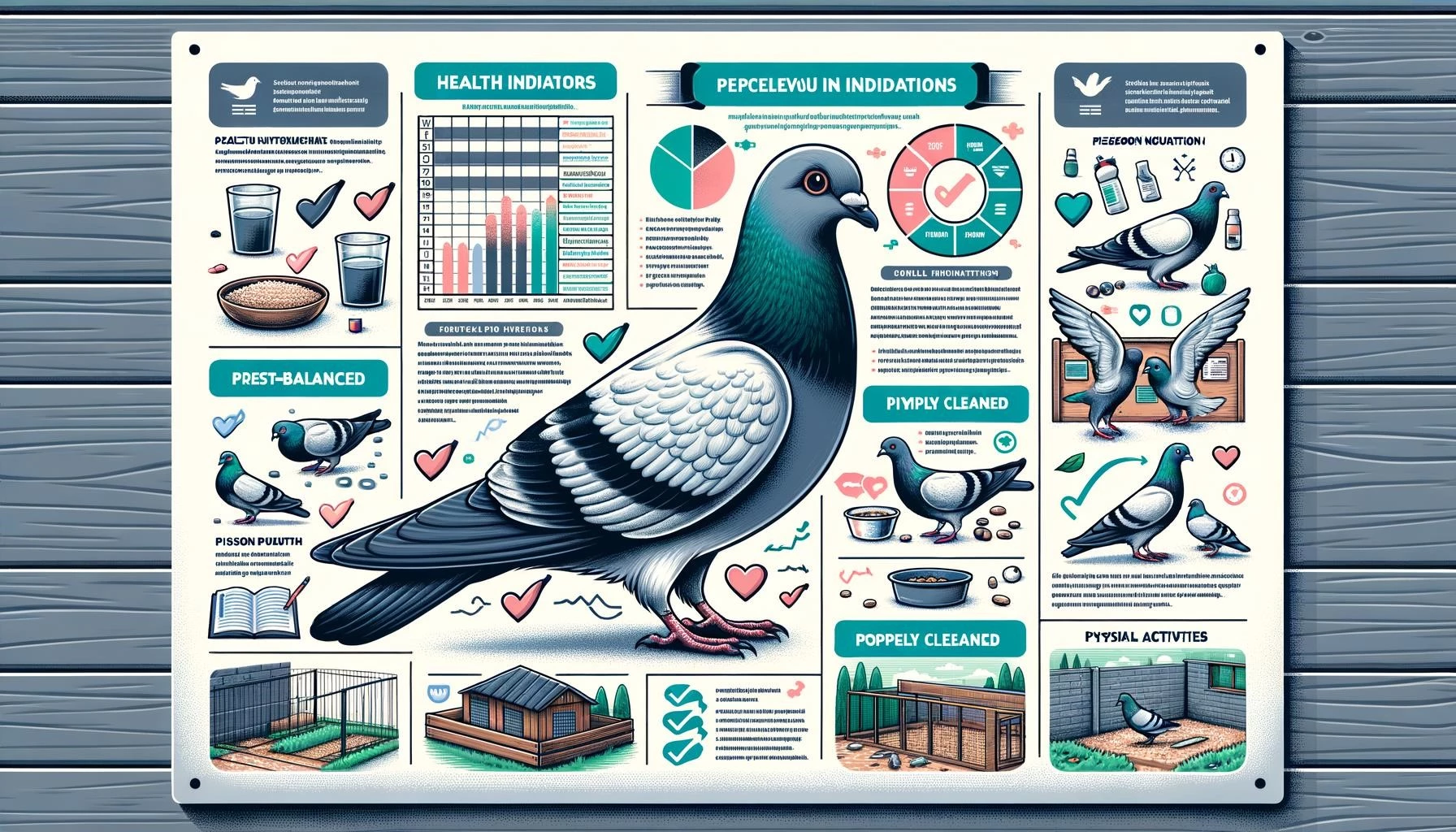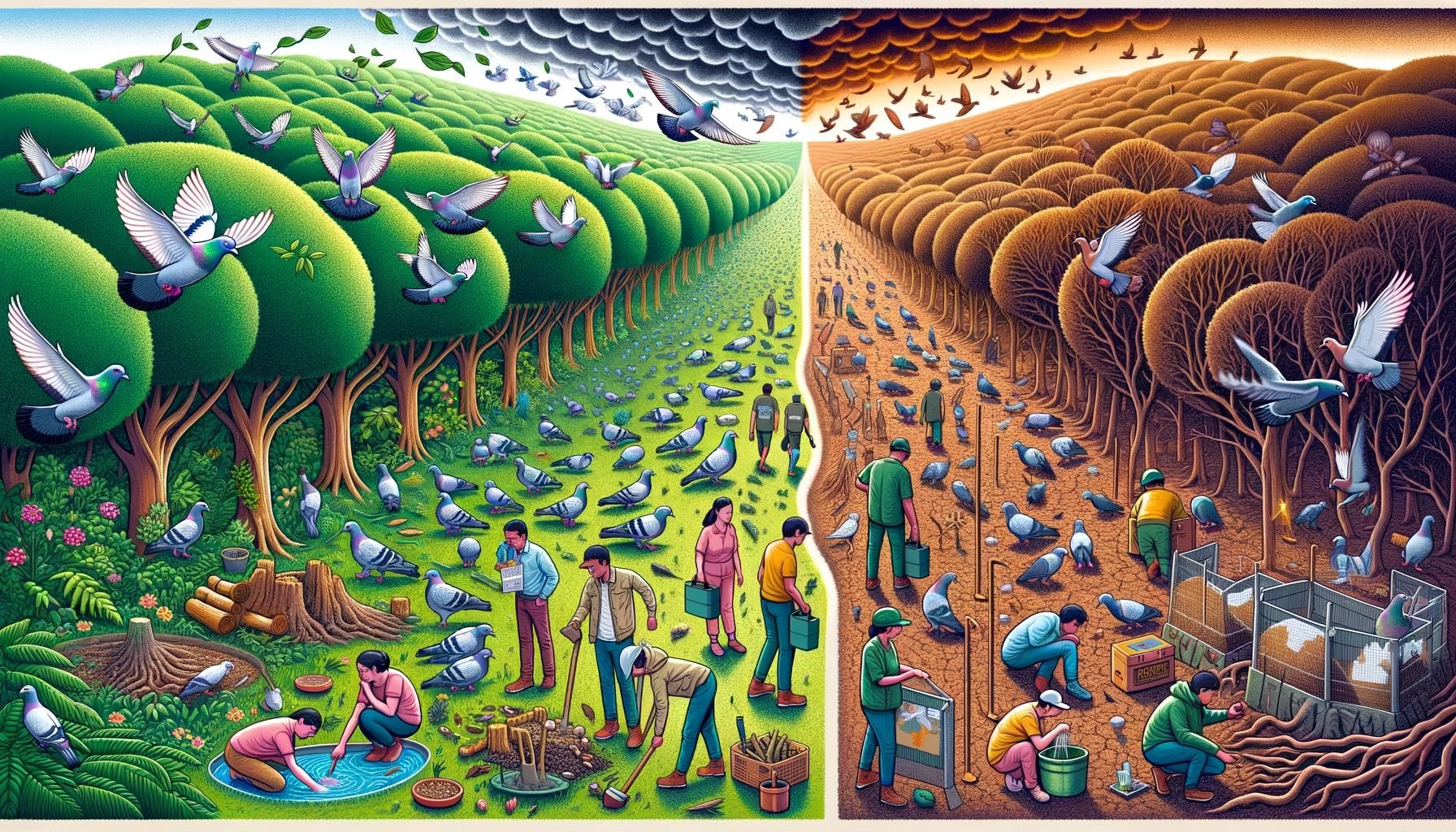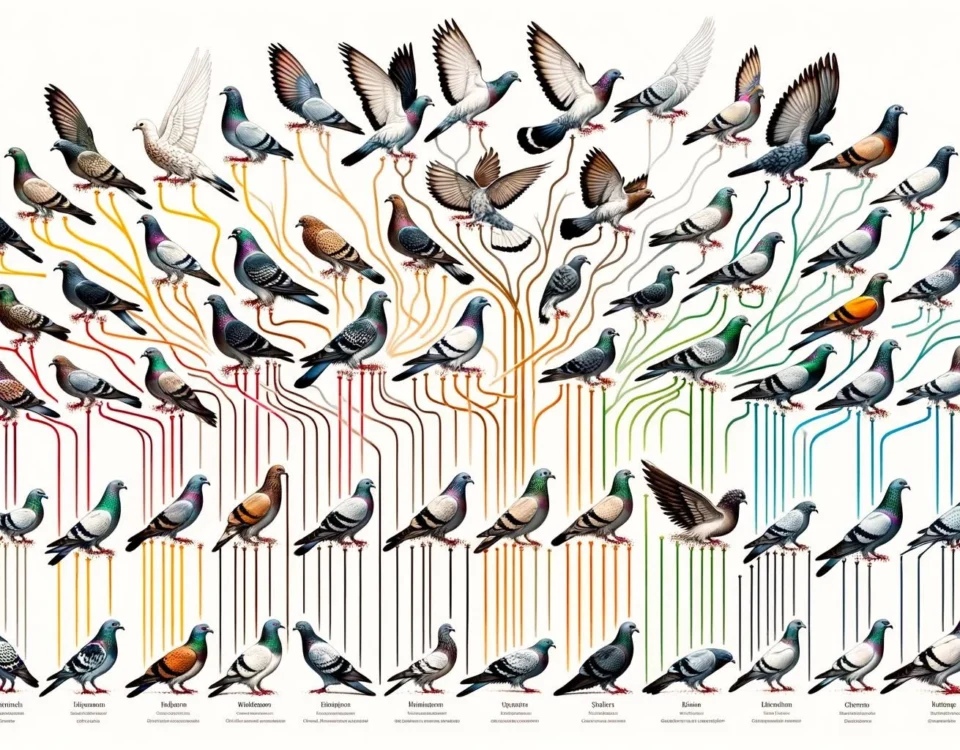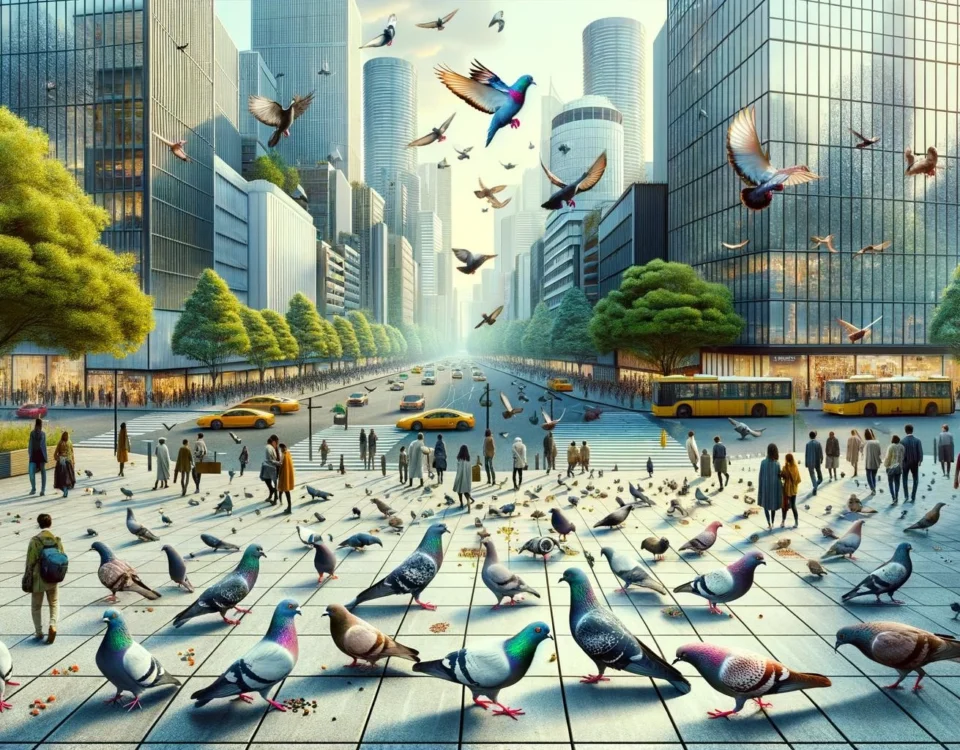Wild pigeons are a common sight in many urban areas, often congregating in large flocks and perching on buildings and statues. These birds, also known as rock pigeons or city pigeons, have adapted well to human-made environments and thrive in urban areas all around the world. However, like many other bird species, wild pigeons are facing numerous challenges due to climate change.
Key Takeaways
- Climate change is impacting bird populations worldwide, including wild pigeons.
- Changes in temperature and weather patterns can affect pigeon behavior, breeding patterns, and food availability.
- Loss of habitat and changes in urban environments due to climate change can also impact pigeon populations.
Impact of Climate Change on Pigeon Behavior
Climate change can disrupt the natural behaviors and patterns of wild pigeons. Changes in temperature and weather patterns can affect their breeding cycles, migration patterns, and feeding habits. Pigeons rely on environmental cues, such as temperature and daylight length, to determine the timing of reproduction and migration. However, as these cues become disrupted, pigeons may experience difficulties in synchronizing their behaviors with the changing environmental conditions.
For example, warmer temperatures may cause an earlier onset of spring, leading to earlier breeding seasons for many bird species, including pigeons. However, if pigeons rely on specific food sources that are not available earlier in the year, their reproductive success may be compromised. Additionally, changes in precipitation patterns can also impact food availability, as pigeons rely on seeds, grains, and human-provided food sources for their diet.
Loss of Habitat and Urban Changes
Climate change can also indirectly impact wild pigeon populations by altering their habitat and urban environments. Changes in temperature and rainfall patterns can affect the availability of water sources and vegetation, which are essential for pigeons’ survival. As their habitat becomes less hospitable, pigeons may struggle to find suitable nesting sites and food sources.
Furthermore, rising sea levels and increased coastal erosion due to climate change can lead to the loss of nesting areas for seabirds, including pigeons. This loss of habitat can result in population declines and potentially push pigeon populations to seek new habitats, including urban areas.
Adaptation and Conservation Efforts
As climate change continues to pose challenges for wild pigeons and other bird species, it is important to implement conservation efforts to mitigate the impact. Protecting and preserving natural habitats, including coastal areas and wetlands, is crucial for maintaining healthy populations of pigeons and other bird species.
Additionally, creating green spaces within urban environments can provide important resources for pigeons, such as nesting sites and food sources. Planting native vegetation and providing bird feeders or bird baths in urban areas can help support pigeon populations and promote biodiversity.
Overall, understanding the impact of climate change on wild pigeons and implementing conservation measures is essential for ensuring their long-term survival. By reducing greenhouse gas emissions and taking steps to mitigate climate change, we can help protect not only wild pigeon populations but also the diverse array of birds worldwide that are affected by a changing climate.









